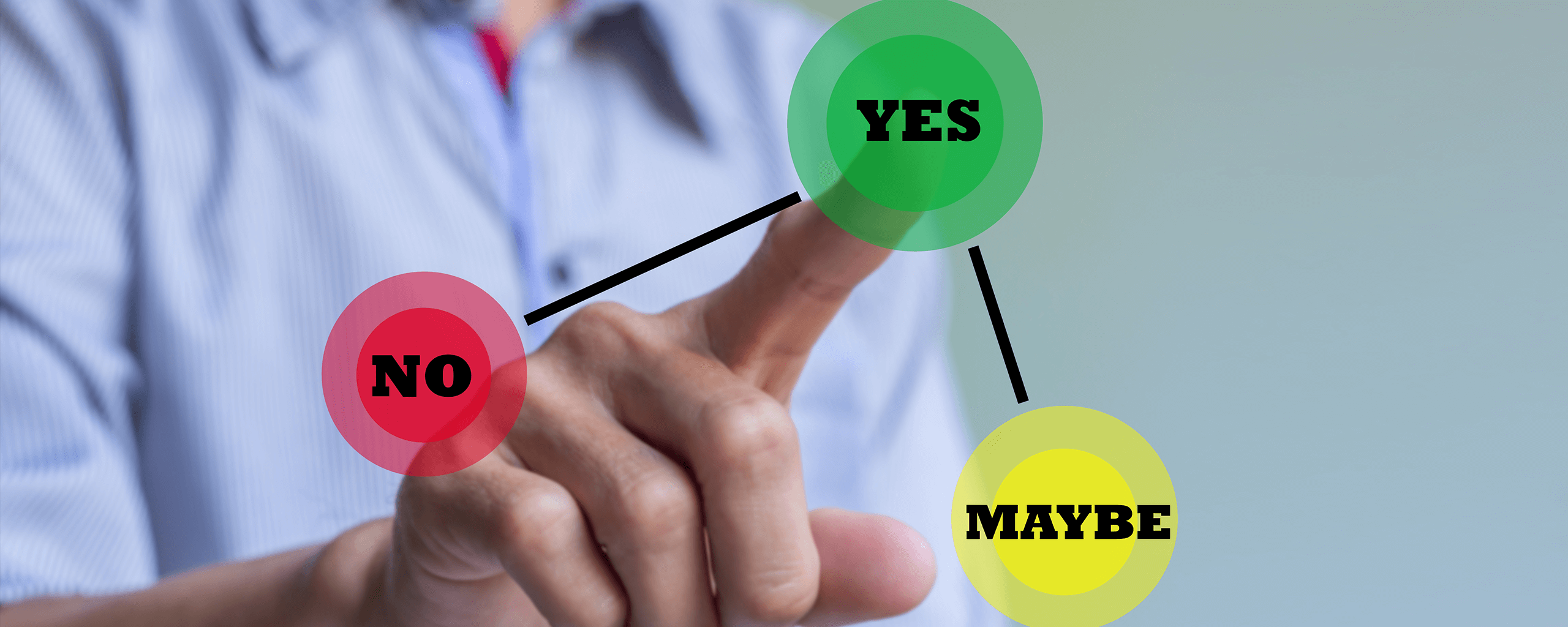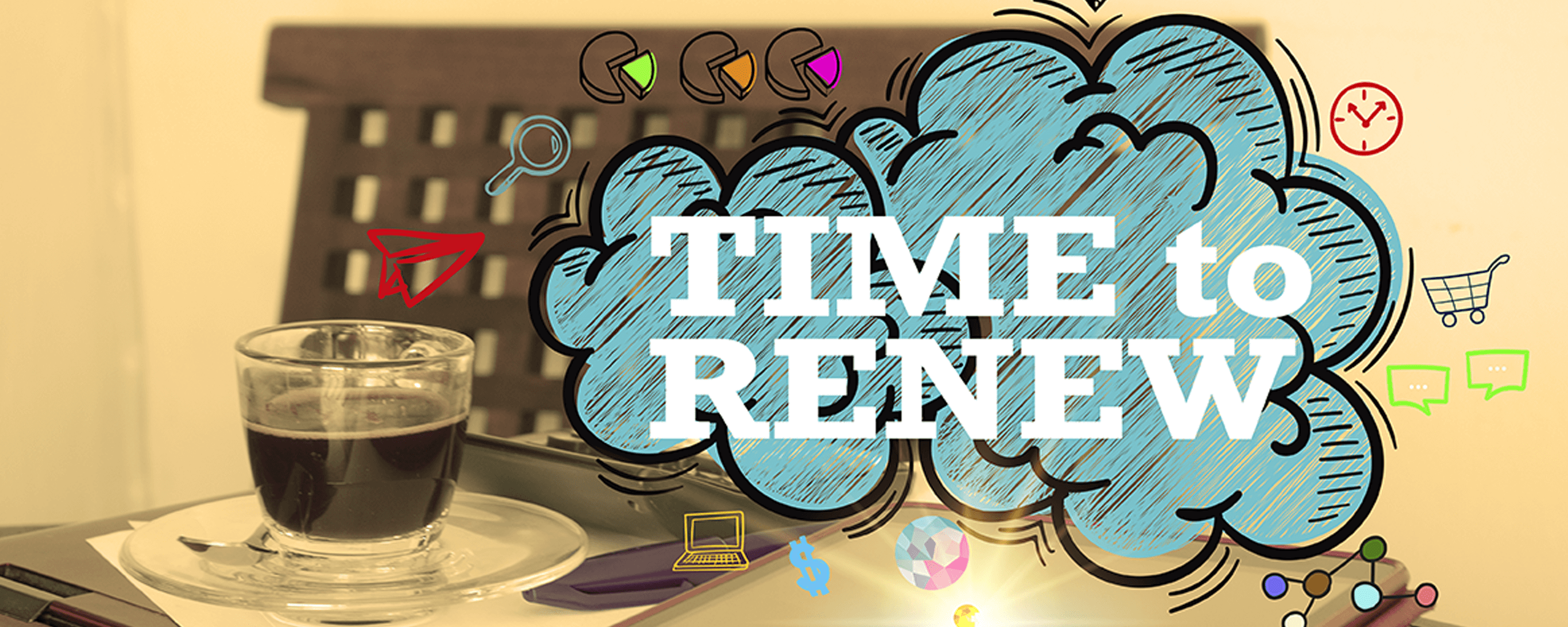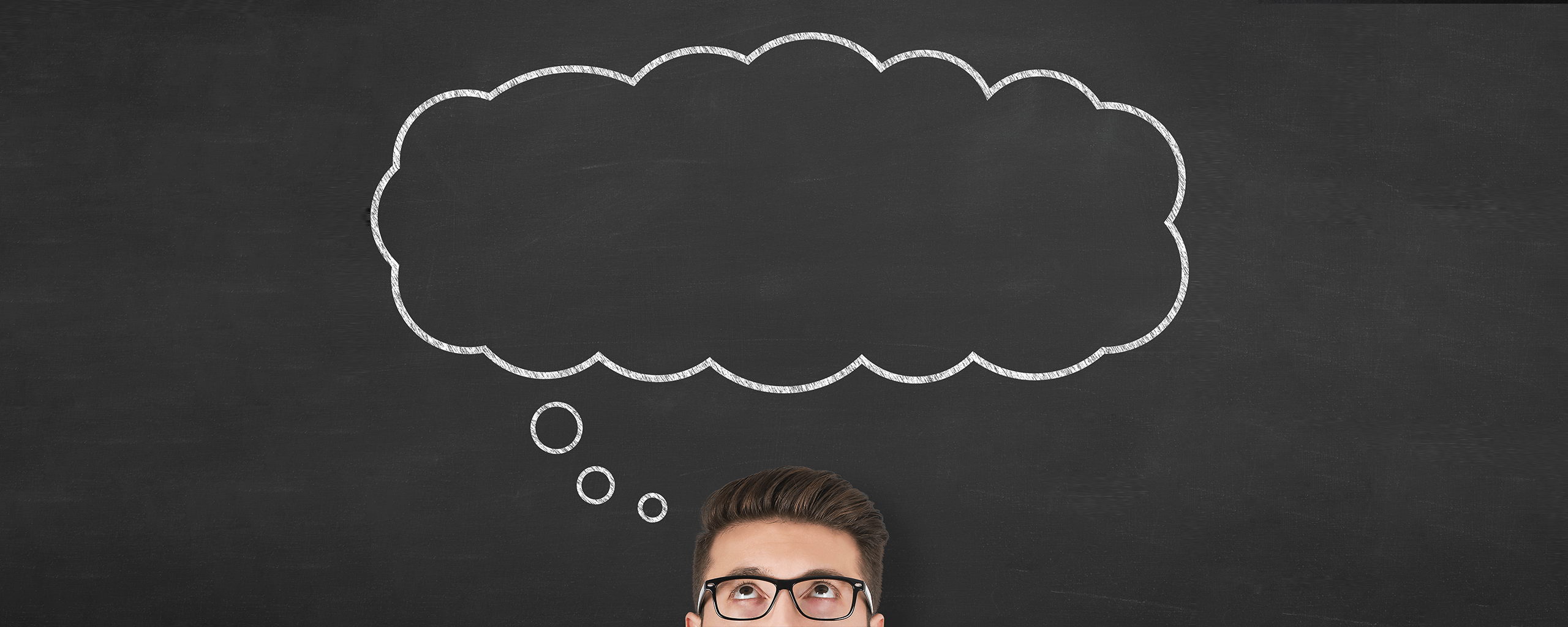
Taking your customers on a ride: The good kind
Taking your customers on a ride: The good kind
Using Content for Growth Hacking: What Startups Need to Know
Are you delighting your customers?
All the time?
Or just some of the time?
It’s no secret that customer delight is strongly linked to revenue growth. But how to keep customers delighted all the time can seem difficult to do.
Marketers and product managers tend to focus on the metrics that contribute to revenue. That’s especially true for teams committed to growth hacking. But a focus on revenue-related KPIs can sometimes cause them to miss other signals that could indicate customers are less than delighted. Customer delight can be a leading indicator of revenue growth potential. If customers are less than delighted, future revenues can be at risk.
Even the most talented growth teams can face a challenge. As they seek to optimize critical customer events, they aren’t sure they aren’t missing issues elsewhere that could be undercutting their success.
Content is one of the most important influences on customer satisfaction. Startups seeking to accelerate their growth will want to pay attention to how customers use their content at different stages.
Here’s how to think about the chain of influence:
Content -> Customer Experience -> Customer Behavior -> Revenue.
Content is a lever to increase revenue. As a startup that needs growth but has limited resources, you’ll want:
- to make sure you are making the most of your content.
- to spot the places where customers encounter friction and could opt out.
- to observe how customers react to your communications throughout the customer journey.
You need a process to measure their customers’ content usage and experience. Content’s Contributions Across the Customer Journey
The customer’s journey helps marketers look at the marketing funnel from the customer perspective. It gives an overview of how the customer interacts with your firm. You can notice and plan for special requirements for content at each stage of the customer journey.
Content influences customers across six stages:
-
- Awareness
- Consideration
- Decisions
- Usage
- Renewal
- Referral
For fast-growing startups, referrals are the ultimate prize. Referrals are concrete proof of customer delight, and a revenue-rich one.
But to get to the stage where your customers refer to you to their friends, they will need to experience delight along their entire journey. That’s the tricky part. And that’s where content plays an important role.
For startups pursuing growth hacking, all stages of the customer journey are important. Success depends on both acquiring new customers, and retaining existing ones.
Each stage of the customer journey has unique revenue implications and specific KPIs. Content plays an important role in influencing these KPIs.
Content can contribute to growth in every stage of the customer journey. Yet the job of content at each stage will not be the same. The way content contributes to growth will vary at each stage of the customer journey.
Content can support both high-level goals and more targeted ones. At a high level, all content should educate customers, and support customer success. But the kind of education customers will need will change over the customer lifecycle. Those changing customer needs will influence the more specific goals for the content at each stage.
At first, customers will get acquainted with your product or service. They will need content that explains your solution in general terms and builds interest in what you offer.
Later on, customers will be familiar with your product. They’ll want content that is more specific, so they can realize the full benefits from what you offer.
For a growing brand, the job that content needs to accomplish will change according to the stage of the customer journey as well. The job of the content may be conversions, preventing churn, or promoting referrals. At each stage, content performs different jobs. Startups and other growth hackers should optimize and coordinate the performance of content for each of these jobs.
The key to success using the content for growth hacking is understanding that content plays two roles at once. Content must support the customer’s “jobs to be done” (JTBD) — the outcomes they want — so they can realize their potential. And content needs to do its job in supporting the brand’s optimization of revenue growth.
To leverage content to the fullest, startups need a detailed understanding of:
- How content influences customer expectations at every stage.
- How content can influence revenue at each stage.
They’ll improve growth by having a plan to track and improve how content performs throughout the entire customer journey. With such a plan, growth hacking tactics will be coordinated, rather than random.
Each stage of the customer’s journey offers opportunities to use content to support growth goals. When planning content to support growth, the obvious stage to begin is with customer attraction. Startups can use content to attract new customers.





No Comment